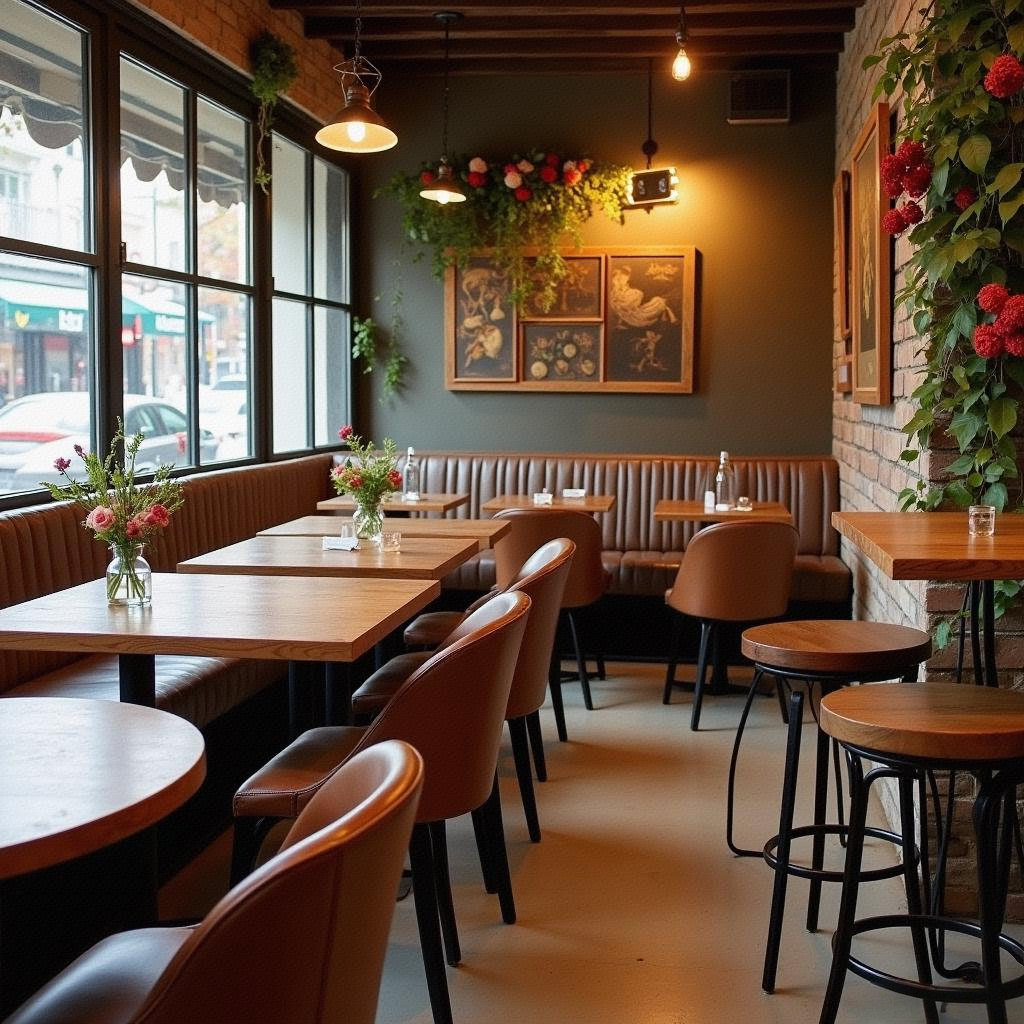面板家具是指以木制面板为基材,面板为基本结构的拆装式组合家具。常见的人造板有胶合板、刨花板、密度板和中密度纤维板等。胶合板(胶合板)常用来制作需要弯曲变形的家具;刨花板的性能有时会受到芯材的影响;密度板(也称为颗粒板、蔗渣板)松散,只用于低档家具;成本最低、最常使用的就是中密度纤维板(MDF)。面板家具常用的饰面材料有薄木(俗称贴面)、木纹纸(俗称贴纸)、PVC塑料片、聚酯漆面(俗称烤漆)。常见的人造板有香胶板、胶合板、刨花板、密度板和中密度纤维板等。

1. Przystępne zalety mebli paneli W pełnej efektywności wykorzystania roz拆卸j i montażu drewna, wygodny cykl produkcji, stabilna forma, stabilna forma i不容易变形
2. Negatywne aspekty mebli paneli
(1) Nie przyjazny do środowiska Aby uzyskać więcej korzyści, niektórzy handlowcy wytwarzają niższe materiały, takie jak płytka wiórowa, a czy okładziny są w całości owinięte w meble, to łatwo uwalniają formaldehyd szkodliwy dla ludzkiego organizmu, co jest nie dość formalne w ochronie środowiska.
(2) nie naturalny Największa różnica między materiałem używanym do mebli panelowych a materiałem mebli drewnianych naturalnych leży w naturalności materiału. Większość obecnych mebli panelowych ma projektowanie z obrobioną powierzchnią (obłożeniem), które ma powtarzające wzory i brakuje mu naturalnego uczucia naturalnych materiałów.
3. Obrządkowanie i utrzymanie mebli z paneli
a.放置平稳地板的面板家具必须保持平整,四脚平衡。如果家具在放置后经常摇摆不稳定,就会使锄头或固定件脱落,粘合部分开裂,影响使用效果,降低使用寿命。另外,地面软而家具不平衡时,不要用木板或铁片垫家具腿,即使平衡也难以均匀受力。若想长久使用,就要损坏家具内部结构,唯一的补偿办法就是修整地板,或稍加利用。在南面铺上大片硬橡胶板,使家具腿能平稳地站立。
b. Usunąć пыль. Lepsze jest menggunakan kumaşową tkaninę do usunekania płyty do mebli, a następnie użyj lekkiego węglowego brusza do usunekania płyty z reliefem lub wzorem. Miejsce do malowania nie powinno być wypychane gazem lub organicznymi roztoczeniami. Można je wyciąć using bezbarwnym ochroną mebli, aby zwiększyć glans i redukować płyty.
c. Unikanie słońca Najlepiej nie narażać mebli na bezpośrednie światło słoneczne w miejscu ich umieszczenia. Częste wystawianie na słońce spowoduje blaknięcie powłoki lakierniczej mebli, części metalowe łatwo utlenią się i zniszczą, a drewno stanie się kruche. W lecie najlepiej osłaniać meble zasłonami, aby chronić je przed słońcem.
d. İnnechaniczna wilgotność. Stabilizuj wilgotność w pomieszczeniu i nie pozwól, aby meble były wilgotne. Wiosna i jesień to okres, kiedy sprzątawka powinna być wykorzystana do osłabienia времени, aby zapobiec uszkodzeniu mebli z powodu przekroczonej wilgotności, takich jak gnilение drewna, rudy metalowych partiów oraz легкое otwieranie adhezyjnych elementów.
Zwykle, myj furtury jak najmniej, i unikaj używania wody o wysokiej pH. Powinny być tylko wycierane wilgotną szmatką z wodą, a następnie czyszczone suchą szmatką.

